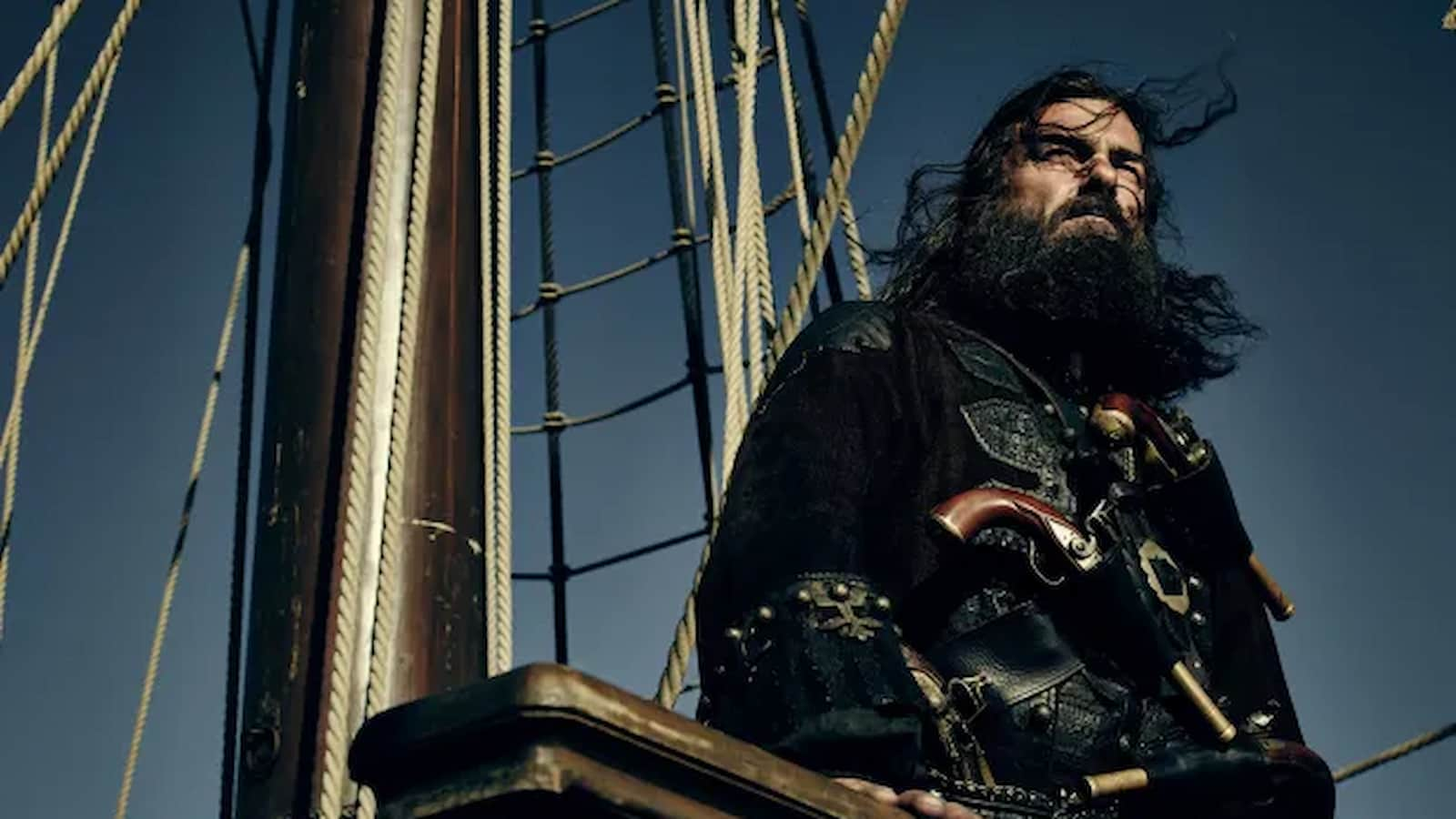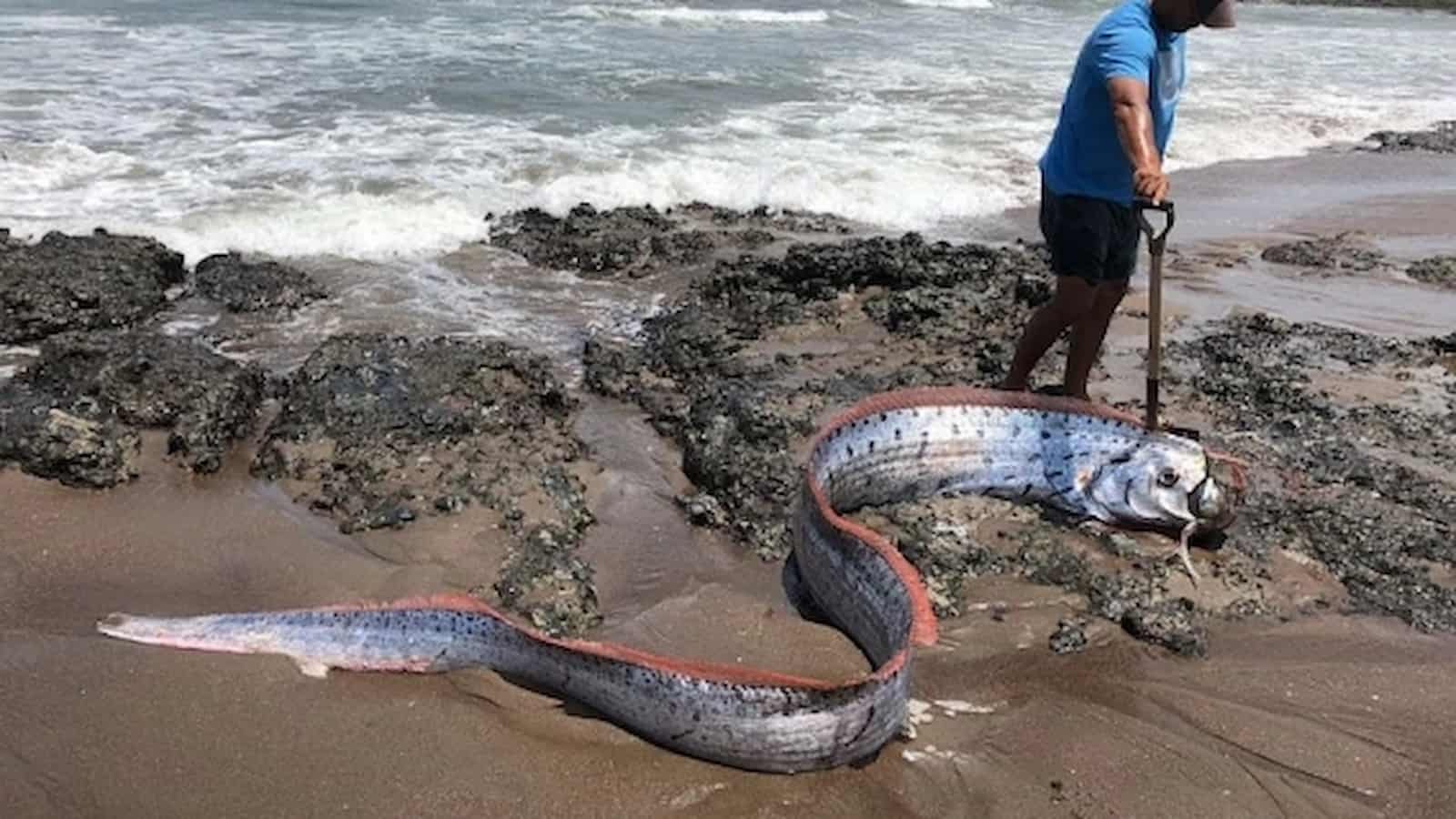History of the Panama Canal: The Panama Canal is an international waterway that spans 48 miles (77 km) and connects the Atlantic and Pacific oceans. It bypasses the southern tip of South America, Cape Horn, saving approximately 8,000 miles (12,875 km). It is interesting to note that it is located at latitude 9 degrees north, which is one of the lowest locations of the North American Continental Divide.
The building of the canal resulted in the creation of a dam, which in turn caused the Gatun lake to form on the isthmus’ northern portion.
The notion of building a canal across the Panamanian isthmus dates back to the fifteenth century. France was among the first nations to try building. Egypt’s Suez Canal builder, Count Ferdinand de Lesseps, served as the team’s leader. Despite their plans in the 1880s to build a sea-level canal, they encountered numerous difficulties, including the rise of malaria and yellow fever. De Lesseps chose a lock canal after realizing how challenging the task would be. Still, they didn’t have enough money.
Costa Concordia Cruise Ship Sinking: A Look Back at the Historic Disaster and Unique Features
Having assessed the wealth of Peru, Ecuador, and Asia as well as the length of time it took for the gold to reach the Spanish ports, it was recommended in 1524 to King Charles V of Spain that a section of land be cut out in Panama. This would shorten the travel time and make the risk of carrying the treasures over the cape more reasonable. An order was placed for an isthmus survey, and in 1529 an operating plan for a canal was drafted. The project was placed on indefinite hold due to the European conflicts and the desire to dominate kingdoms in the Mediterranean Sea.
Panama Canal History
A Spanish official proposed a canal route in 1534 that was similar to the current canal’s course and quickly gave up on the channel.
Between 1850 and 1875, several surveys revealed that just two routes—one through Panama and the other through Nicaragua—were feasible. An international firm was established in 1876, and two years later, the Colombian government granted it permission to excavate a canal that would run transversely to the cape.
The US Congress established an Isthmian Canal Commission in 1899 to examine the viability of a canal through Central America and to suggest a route. After initially deciding on a route through Nicaragua, the commission changed its mind. For forty million dollars, the Lesseps Company offered the United States its assets.
The Hay-Bunau-Varilla Treaty, which President Theodore Roosevelt and the newly established state of Panama signed, ensured a continuing lease for the canal along a 10-mile stretch and guaranteed Panama’s freedom. An annuity of $250,000 and an early payment of $10 million were to be paid to Panama starting in 1913 as compensation. The Panama Canal Zone is the current name for this area.
Building of the Panama Canal

In 1906, they decided to build a lock canal. During the first three years, we expanded construction facilities, conducted surveys, and improved disease control. Lock construction started in August 1909. Each lock chamber was constructed in pairs and measured 1000 feet in length and 110 feet in width. Culverts that allowed gravity to raise and lower the water level were embedded in them. At last, the locks raised the ships to an elevation of 85 feet above sea level and transferred them to the opposite bank.
The formal dedication of the canal occurred on July 12, 1920, after it had opened on August 15, 1914. They removed a total of 240 million cubic meters of dirt for $336,650,000.
Exploring Coaster Vessels: From Fishing Boats to Container Ships
Treaty modifications in 1939 gave Panama a $434,000 annuity, allowed for the construction of a transoceanic roadway, and revoked US authority. Panama’s independence and impartiality are guaranteed. Congress approved the third set of locks that year, but World War II halted construction. In 1955, the US decided to build a high-level bridge across the canal’s Pacific side. In 1969, they widened the Gaillard Cut to make two-way traffic possible.
President Jimmy Carter of the United States and Omar Torrijos, the leader of Panama, signed a treaty in 1977. The Panama Canal Authority assumed full authority on December 31, 1999. Civil engineers also named it one of the seven wonders of the contemporary world.
Few human endeavors have ever been able to truly alter the landscape of the globe we live on, but the United States’ successful completion of the Panama Canal in 1914 stands as one example.
You might also like to read A Brief History of the Suez Canal if you enjoyed this post.
Commonly Asked Questions
1. Who and why was the Panama Canal built?
President Roosevelt negotiated the Hay-Bunau-Varilla Treaty, which granted the US control over the Canal Zone. In addition, he managed the long-term objective of constructing a trans-Isthmian canal. Someone constructed it to shorten the time and expense of moving cargo between the coasts of the Atlantic and Pacific.
2. In what nation is the Panama Canal located?
Since the joint US-Panamanian Panama Canal Commission lost its management powers in 1999, the Republic of Panama has been the owner and operator of the Panama Canal.
3. What made the construction of the Panama Canal successful?
The construction of the Panama Canal changed travel, business, and maritime trade. It cut in half the time it took to travel from America’s east coast to its west coast. The American Society of Civil Engineers named it one of the seven wonders of the modern world.
4. What advantages does the Panama Canal offer?
By improving maritime freight transit, the Panama Canal has reduced greenhouse gas emissions worldwide. Additionally, by lowering fuel consumption per cargo unit, it conserves fossil fuels.
5. How many laborers lost their lives building it?
Building the Panama Canal was a risky, demanding, and arduous undertaking. The majority of laborers came from Barbados, Martinique, and Guadeloupe and were poor. Approximately 25,000 laborers perished while building the canal.


